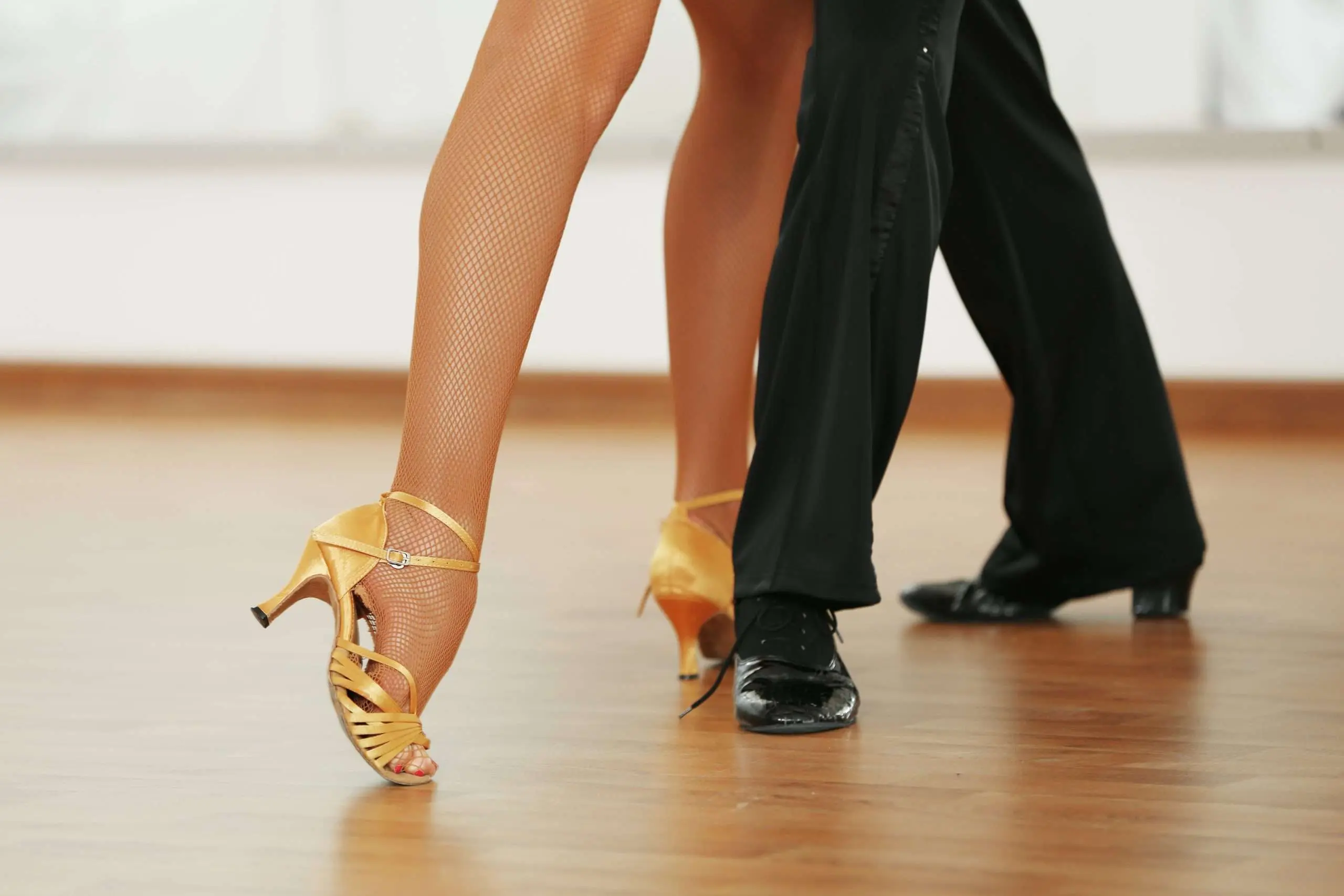
Dancing is one of the most popular forms of recreation, and this physical expression brings together professional experts and nightclub aficionados alike. Dance is enjoyable, but we should not lose sight of the fact that, like any sport, it is much more pleasant to practice when you have the proper footwear. Here are some pointers to assist you in choosing your dance shoes.
Which dance shoes are recommended?
In order to perform correctly, it is crucial to take care of your feet whether you engage in a high-impact sport like running, a sport on uneven terrain like golf, or a sliding sport like skating.
Most of us have probably been tempted by stylish but uncomfortable shoes; however, inadequate dancing footwear increases your risk of accidents, falls, and performance disruption.
A good dance shoe should be picked not only for its lightness, flexibility, and comfort but also for the style of dancing you practice. Are you going to perform a quick dance that does not require much floor traction? Or is it going to be a slower dance that calls for a harmony of poses? Will you need thick soles or ones that are thin enough to feel the floor when you step on them?
Different types of dance shoes
There are many different types of dance, including contemporary, social, and urban. Each has its own distinct equipment and moves. The rhythm, the floor, the poses—all these factors are carefully taken into account while designing dancing shoes. In every situation, preserving the joints and lowering the chance of friction will increase the dancer’s comfort.
The majority of group social dances and country dancing call for the participant to wear shoes that are the same size as their everyday footwear. The choice of heel height depends on the dancer’s level of experience; for example, a beginner will feel more at ease wearing low, wide heels. The shoe needs to be flexible and comfy. Pay close attention to the materials used to create the shoe because each material and leather has a unique characteristic that will affect how the dancer’s foot moves.
Some people prefer to dance in athletic shoes, as in urban and contemporary dance. Padded soles provide additional comfort, and some of these shoes also offer ankle support.
Dangers of dancing without the right shoes
Running without proper shoes or a warm-up significantly increases the risk of injury, not only to the feet but also to the entire lower limb chain. Similarly, repeated dancing without proper shoes can slow your progress and put you at risk for injury.
Fortunately, there are steps you may take to make your activity enjoyable. Look at your feet first: are there any deformities or calluses? Are the nails in good shape? If so, is the discomfort coming from the top or bottom of your foot? Inform your podiatrist of any uncertainties you might have. Remember to warm up your feet briefly before each exercise to make them more flexible.
Check to see whether your toes are rubbing the tip or if you feel supported without being too constricted when you try on your dance shoes. An ankle sprain can be caused by dance shoes that grab on the floor as you try to slide. Pain in the soles of your feet may result from inadequate support. Last but not least, having your tendons stretched excessively by poorly fitting shoes might result in tendinitis.
A podiatric assessment can help you make an informed decision about your dance shoes
Have you decided to dedicate yourself to dancing? Your best ally in assisting you in making your decision is your podiatrist at FootNetwork. By focusing on your history and your needs, the foot health expert will be able to conduct a podiatric assessment and advise you on the best practices to follow.

